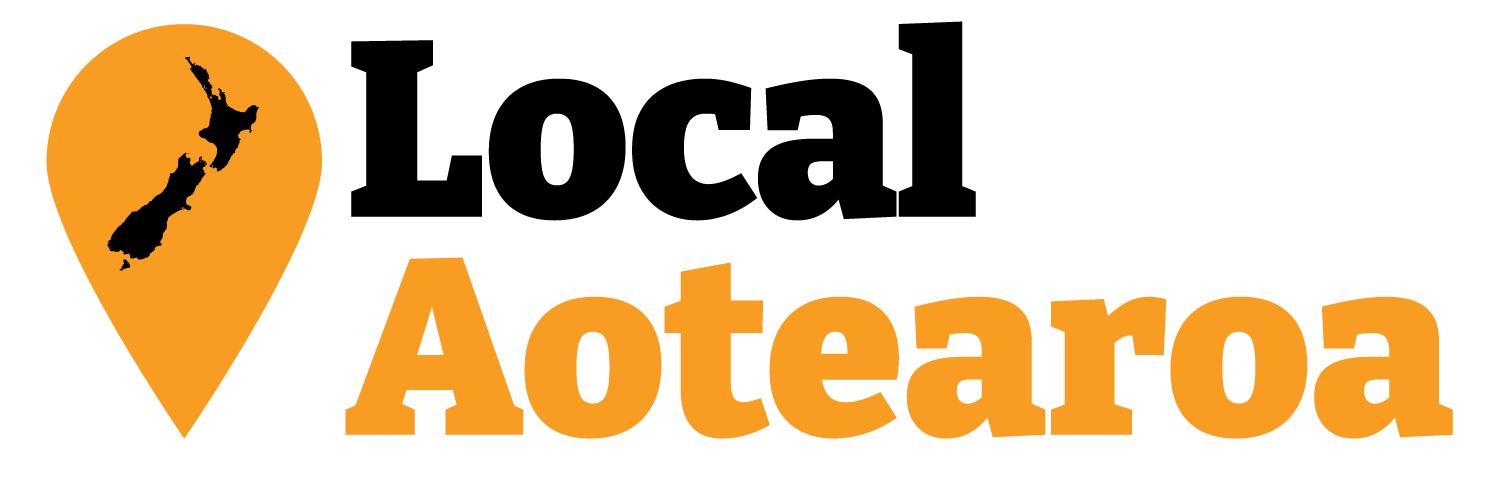Wellington mayors briefed on amalgamation pathways and how to bypass referendum
An AI-generated stylised wooden jigsaw map of the Wellington City, Hutt City, Upper Hutt City, Porirua City, and Kāpiti Coast District councils.
While discussions about possible council amalgamations in the Wellington region continue to bubble away, Local Aotearoa can reveal that the Wellington Mayoral Forum was briefed in May 2024 by Local Government New Zealand and Simpson Grierson about the amalgamation pathways available to them, including how to bypass a referendum on the issue.
The presentation, given by LGNZ’s Principal Advisor Dr Mike Reid and Simpson Grierson’s local government law expert Mike Wakefield, outlined the recent history of local government changes in Wellington, some international examples of local government structures, and looked at the two current legislative pathways (excluding a Auckland Council-style mandated approach) that can be used to achieve changes to local government structures.
One of the key differences in the two approaches to tackling amalgamation is that a review led by the Local Government Commission requires a referendum (similar to what we’ve seen in Hawke’s Bay and Wairarapa) while the other which is initiated by a council adopted reorganisation plan has no such requirement.
Given the advanced state of plans led by Greater Wellington Regional Council Chair Daran Ponter for Wellington amalgamation highlighted by Local Aotearoa back in July, it seems that the second pathway - where one or more local authorities make a reorganisation initiative application to the Local Government Commission which wouldn’t be subject to a referendum - had been the preferred approach.
Despite the lack of need for a referendum in the event of a council-led approach, the application is still required to demonstrate public support for the proposal. Such evidence could be through a formal public consultation process or opinion polling, or more likely a combination of both.
However, progress seems to have stalled on this council adopted reorganisation proposal approach, with the Wellington Mayoral Forum moving to instead investigate a Wellington metro council amalgamation that would include the Kāpiti Coast.
Tabled at that same forum where Reid and Wakefield presented was a draft position statement on amalgamation. The position statement was drafted following a previous mayoral forum meeting between the region’s mayors and Ministers Simeon Brown and Chris Bishop about amalgamation. The position statement outlined that the scope of the Wellington mayoral forum in relation to amalgamation would be on “urban Wellington (metro area plus Kapiti)” and not the Wairarapa councils.
The position statement identifies multiple reasons for this scope, including:
the nature of the five local councils (Wellington City, Hutt City, Upper Hutt City, Porirua City, and Kāpiti Coast District) being part of a single “travel to work/housing market” thanks to transport investments like Transmission Gully and the Kāpiti train line,
the “unnecessary burden on businesses that acts as a brake on growth” from having multiple sets of rules and regulations,
shared challenges including climate change, resilience, disrupted weather, and regional skilled workforces,
water reorganisation impacting local government funding and rendering some councils “unstable or unsustainable”,
iwi having to engage with multiple councils over the same issues repeatedly, which acts as “a brake on their capacity and capability”,
the need to maximise “limited capacity and capability both politically and managerially in the local government sector”,
achieving better value from procurement and developing long term sustainable supply chains,
and operating at a large enough scale to “maximise impact” to improve the quality of life for people in the region, support the competitiveness of the regional economy, and to provide better strategic and performance oversight of issues listed as “health, education, skills, crime, housing, and business support” including there not being any “place planning.”
While the statement doesn’t endorse a particular reorganisation approach, it does set the scope and identifies the issues and rationale that have rendered the status quo untenable.
As we’ve seen, since this May meeting of the mayoral forum, there’s been little visible progress beyond some brief media coverage in July of ongoing informal discussions between mayors. While Porirua City’s mayor Anita Baker has been publicly supportive of the work, Wellington City’s mayor Tory Whanau has been less enthusiastic. Though Whanau is a supporter of reorganisation, she has cited the need to focus on other more immediate issues and wanting to focus on a “ground-up” approach to developing any reorganisation proposal to give it a better chance of succeeding.
With the next round of local government elections now just over a year away, and amalgamation being a hot political potato at the best of times, progressing the development of any reorganisation proposal is going to be politically challenging. Though the Local Water Done Well reform is likely to necessitate some change to local government structures in the region if the councils opt to go with a regional water entity, the implementation of any changes that will trigger such a reorganisation is also likely to be at some point in the next council triennium.
Given all this, it seems that any progress on amalgamation is still likely to be a case of hurry up and wait.





